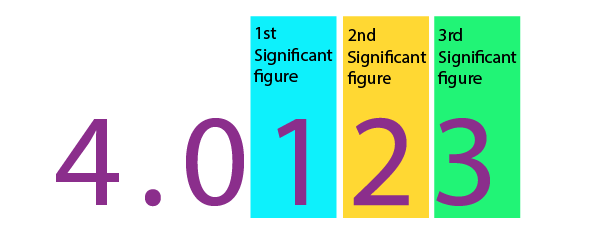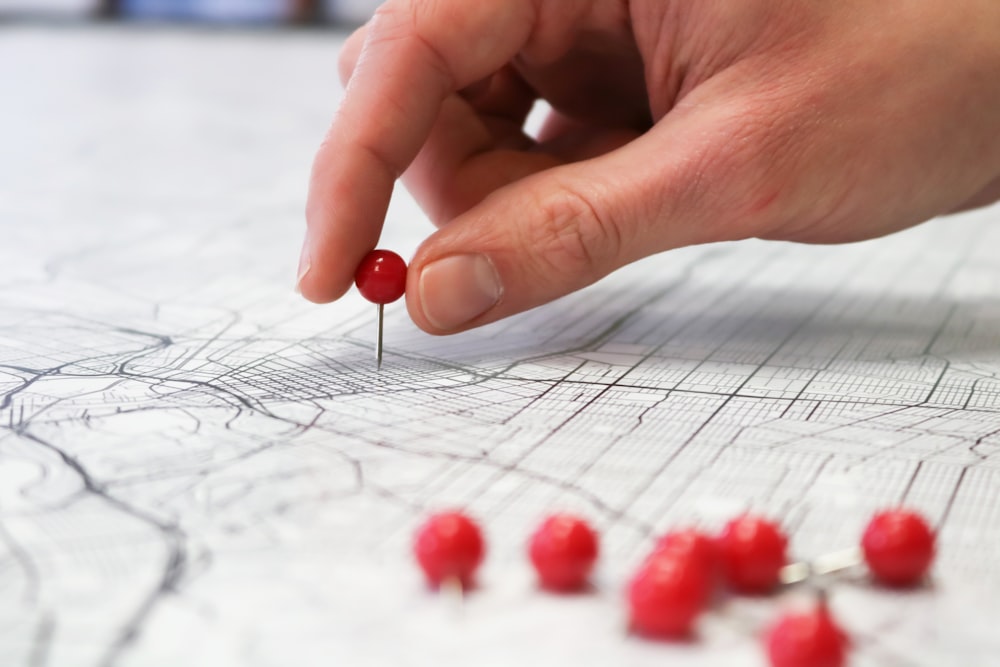Understanding Significant Figures
Significant figures play a crucial role in scientific calculations, as they help ensure accuracy and precision in our results. When working with measurements and calculations, it is important to understand what significant figures are and why they are important. Significant figures are the digits in a number that carry meaning and contribute to its overall precision. They indicate the level of confidence we have in our measurements and calculations. By rounding to the appropriate number of significant figures, we can avoid overestimating or underestimating our results, leading to more reliable and accurate data.
Rules for determining the number of significant figures
To determine the number of significant figures in a number, we follow a set of rules. The first rule states that all non-zero digits are significant. For example, in the number 345, all three digits are significant. The second rule states that any zeros between significant digits are also significant. For instance, in the number 1.005, all four digits are significant. The third rule states that leading zeros, which are zeros that precede all non-zero digits, are not significant. For example, in the number 0.0032, only the two digits after the decimal point are significant. The fourth rule states that trailing zeros, or zeros at the end of a number without a decimal point, are significant if they are explicitly written with a decimal point. For instance, in the number 200., the zeros are significant. Lastly, the fifth rule states that trailing zeros after a decimal point are always significant. For example, in the number 4.200, all four digits are significant.
The significance of significant figures
Significant figures are important because they tell us the precision of a measurement or calculation. They allow us to express the uncertainty associated with our results. When we round our numbers to the appropriate number of significant figures, we are essentially indicating the level of confidence we have in our data. This is particularly crucial in scientific fields where accuracy is paramount. By adhering to the rules of significant figures and rounding correctly, we can ensure that our measurements and calculations are as accurate and reliable as possible.
How to count significant figures
Counting significant figures may seem complicated at first, but with practice, it becomes second nature. To count the significant figures in a number, follow these steps. First, identify the non-zero digits in the number. These are always significant. Next, identify any zeros that are between non-zero digits. These zeros are also significant. Then, determine if any leading zeros are present. If there are leading zeros, they are not significant. Finally, check if there are any trailing zeros. If there are, they are significant only if they are explicitly written with a decimal point. By following these steps, you can accurately determine the number of significant figures in a given number.
The rules for rounding significant figures
Rounding significant figures is a process that allows us to express our results with the appropriate level of precision. The rules for rounding significant figures are as follows. If the digit to be removed is less than 5, we simply drop it and leave the preceding digit unchanged. For example, if we have the number 2.347 and we want to round it to three significant figures, we remove the last digit, which is 7. Since 7 is greater than 5, we round up the preceding digit, which is 4, resulting in 2.35. If the digit to be removed is 5 or greater, we round up the preceding digit. For instance, if we have the number 4.985 and we want to round it to three significant figures, we remove the last digit, which is 5. Since 5 is equal to 5, we round up the preceding digit, which is 8, resulting in 4.99. These rules ensure that our rounded numbers are as accurate as possible while maintaining the appropriate level of precision.
Common mistakes to avoid when rounding significant figures
Although rounding significant figures may seem straightforward, there are some common mistakes that people often make. One common mistake is rounding too early in the calculation process. It is important to carry out all calculations first and then round your final result. Rounding at intermediate steps can introduce errors and reduce the accuracy of your final answer. Another mistake is rounding to the wrong number of significant figures. Make sure to check the rules for determining significant figures and round accordingly. Additionally, rounding to too many decimal places can give a false sense of precision. It is essential to round to the appropriate number of significant figures to accurately represent the precision of your data.
Using a rounding significant figures calculator
To simplify the process of rounding significant figures, you can use a rounding significant figures calculator. These calculators are designed to automatically round your numbers to the desired number of significant figures. Simply input your number and specify the number of significant figures you want, and the calculator will provide you with the rounded result. This eliminates the need for manual calculations and ensures accurate rounding every time. Rounding significant figures calculators are especially useful when working with complex calculations or large sets of data. They save time and reduce the chances of human error.
Examples of rounding to significant figures
Let’s consider a few examples to demonstrate how to round numbers to significant figures. Suppose we have the number 23.456 and we want to round it to three significant figures. The third significant figure is 4, which is less than 5. Therefore, we drop the following digits and leave the preceding digit unchanged. The rounded result is 23.4. Now, let’s take the number 0.07894 and round it to two significant figures. The second significant figure is 7, which is greater than 5. Therefore, we round up the preceding digit, resulting in 0.08. Finally, let’s round the number 982.75 to four significant figures. The fourth significant figure is 7, which is equal to 5. Since 7 is 5 or greater, we round up the preceding digit, resulting in 982.8. These examples illustrate the process of rounding to significant figures and how it affects the precision of our results.
The benefits of using a sig fig calculator for rounding significant figures
Using a sig fig calculator for rounding significant figures offers several benefits. Firstly, it saves time and effort. Manual calculations can be time-consuming, especially when dealing with large sets of data. By using a calculator, you can quickly and accurately round your numbers without the need for lengthy calculations. Secondly, a sig fig calculator eliminates the chances of human error. Even the most careful individuals can make mistakes, especially when working with complex calculations. By relying on a calculator, you reduce the risk of introducing errors into your results. Lastly, a sig fig calculator provides consistent and reliable rounding. Different individuals may have varying interpretations of rounding rules, leading to inconsistent results. A calculator ensures that everyone follows the same rules and produces uniform and accurate rounded numbers.
Additional tools and resources for rounding significant figures
In addition to sig fig calculators, there are other tools and resources available to help with rounding significant figures. Online tutorials and guides provide step-by-step instructions on how to determine significant figures and round correctly. These resources often include practice problems and examples to reinforce your understanding. Additionally, there are educational apps and software that offer interactive lessons and quizzes on significant figures and rounding. These tools provide a hands-on approach to learning and allow you to practice rounding significant figures in a fun and engaging way. By utilizing these additional resources, you can further enhance your skills in rounding significant figures and improve your overall accuracy in scientific calculations.
Why rounding significant figures is important
Rounding significant figures is of utmost importance in scientific calculations. It allows us to represent our results with the appropriate level of precision and accuracy. By rounding to the correct number of significant figures, we avoid overestimating or underestimating our data, leading to more reliable and trustworthy results. Rounding significant figures also helps in comparing and analyzing data from different sources. When working collaboratively or conducting research, it is crucial to have standardized rounding procedures to ensure consistency and compatibility of results. Additionally, rounding significant figures is essential for communicating scientific findings to others. Precision and accuracy are valued in scientific discourse, and rounded numbers provide a clear representation of the level of confidence in our measurements and calculations.
Conclusion
Significant figures are a fundamental concept in scientific calculations. They allow us to express the precision and accuracy of our measurements and calculations. By understanding the rules for determining significant figures and rounding correctly, we can ensure that our results are reliable and accurate. Rounding significant figures is an essential step in achieving accuracy in scientific calculations. It helps us avoid errors and misleading interpretations of data. By utilizing tools such as sig fig calculators and accessing additional resources, we can further enhance our skills in rounding significant figures. Overall, rounding significant figures is vital for achieving accuracy and precision in scientific calculations, and it plays a crucial role in the advancement of scientific knowledge.
CTA: If you found this article helpful, check out our sig fig calculator to simplify your calculations and further enhance your accuracy and precision in measurements.

